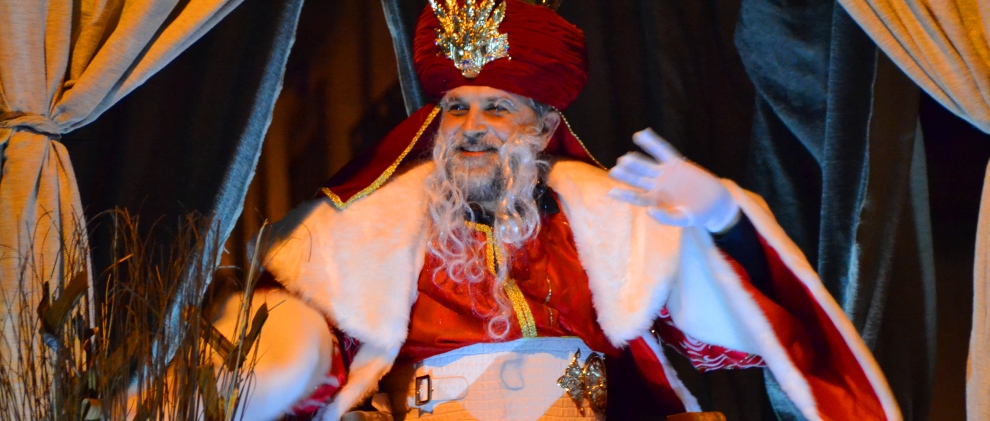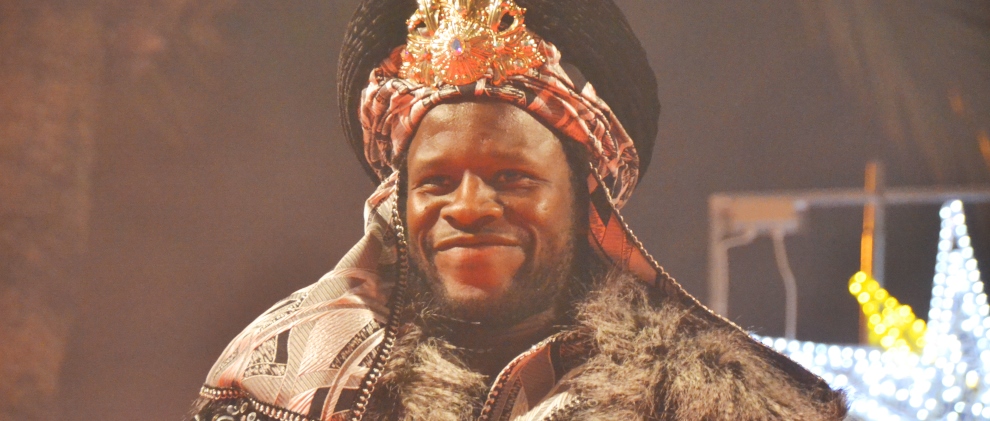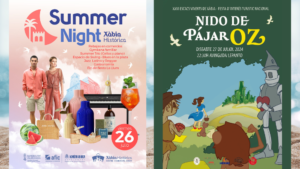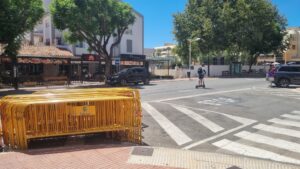LOS REYES MAGOS – THE ARRIVAL OF THE THREE KINGS

The Arrival of the Three Kings
Having survived the excesses of Christmas and the New Year, many people will be looking forward to taking a rest from the celebrations. However there is still one more obstacle to overcome before the festive period finally comes to an end: the feast of Epiphany and, perhaps more importantly for the kids, the arrival of Melchior, Gaspar and Balthazar – the Three Kings from the Orient.
Marking the revelation of Jesus Christ as ‘God the Son’, the second person in the ‘Holy Trinity’, La Epifanía falls on January 6th, the day after the twelve days of Christmas have concluded and it’s a national holiday when shops, banks and businesses are closed. It also celebrates the visit of the Biblical Magi (the ‘Three Kings’ or the ‘Three Wise Men’) to pay homage to the Baby Jesus and, although Father Christmas has started to make an impact in recent years, it’s the single day of the Christmas period that is long-awaited by children in Spain.
Just about every kid knows the story. According to the New Testament’s Gospel of Matthew, three wise men travelled from the east, following yonder star and arrived in Bethlehem bearing gifts of gold, frankincense and myrrh. Thus it stands to reason that January 6th should be the day to exchange presents, not Christmas Day.
A few days prior to the big event, special envoys from the Kings arrive in Jávea to collect letters written by the youngsters assuring their majesties that they have been on their best behaviour throughout the year and expressing their desires and wishes for what they wish to find inside their sacks on the morning of January 6th. Excited children wait on the very edge of patience for the royal pages to arrive. They usually visit two locations in town: the indoor market in the historic centre and the church of Mare de Déu de Loreto in the port. Children step forward to post their letter in the special boxes and collect a little token from the pages, usually in the form of sweets, and some may even choose to chat with the envoy to make sure that the Kings understand completely the contents of the letters. Afterwards there is often a snack and some hot chocolate.
And then, on the evening of January 5th (“Twelfth Night”) the Three Kings arrive in Jávea just as they do in almost every town and village across Spain. They are Melchior, Gaspar and Balthazar who, it is said, represent the continents of Europe, Arabia and Africa. In Jávea, their majesties arrive with their pages on a decorated fishing boat into the port where they are met by their escorts bearing baskets heavily laden with tooth-cracking boiled sweets and accompanied by the quintessential Spanish band that turns out for such occasions. They parade through the streets of the port which are lined with excited children who are watched closely by admiring adults as the air is filled with colour as sweets are launched into the crowd; be quite prepared for the bombardment for it is quite indiscriminate and collateral damage should be expected. Children weave in and out between the horses hooves and wheels of the carts bearing gifts to collect those sweets that have fallen onto the road but there is always a sense of control, even if it doesn´t appear so at times.
The procession winds its way through the port to a specially-constructed stage; look out for the the ‘Belén Viviente’ or the ‘Live Nativity’ where local teenagers play the roles of Joseph and Mary in a mock-up of the Nativity, sometimes waiting for the kings to arrive with their famous presents, other times actually in the procession itself. Once they arrive at the stage, the three kings climb the steps to the sound of excited cheers and read out various proclamations to the legion of increasingly impatient youngsters who have gathered before them. After some modest fireworks, the kids are invited up on to the stage in small groups to meet one of the kings – not always their favourite – and receive rudimentary plastic toys which are nevertheless accepted with happy appreciation for the kids are fully aware that the ‘proper’ presents are due to arrive when the Kings visit their homes later that evening.

Not long afterwards, a second procession climbs up into the old town, another sweet-throwing entourage that passes along the main streets from the Asilo Hermanos Cholbi to the Placeta del Convent where another stage has been erected. The sun has long set and a chill is no doubt setting in but the children are still wide-eyed and in awe as the kings take their places and make their announcements to the throng in the square. More fireworks follow and more presents are dished out to excited kids, the best present they will receive – until later that evening of course.
As early evening turns into night, families begin to drift home or to a local restaurant to enjoy dinner together. (Reservations are essential if you want to eat after the event.) Although it is traditionally eaten on January 6th, the Roscón de Reyes will often be brought to the table after the meal. These special pastry cakes will have been available to buy in bakeries and supermarkets throughout the Christmas period and hide two very special trinkets within them. As the cake is shared out at the table, the first bite will be full of anticipation for the two trinkets represent very different rewards; the person who finds the figurine is crowned as ‘king’ or ‘queen’ of the dinner and wear the gold crown that is often included in the packaging; if you find a dry faba bean in your slice, it will be your responsibility to pay for the following year’s cake. A long-standing tradition has been for those who find a figurine of baby Jesús inside their slice to take it to the nearest church at Candlemas (February 2nd), a date which celebrates the presentation of Jesús at the Herod’s Temple.
As the night draws on, the kids will no doubt remind their elders that the time for present giving fast approaches. Families often exchange their gifts after dinner and it’s not unknown for kids to take their new bikes or skates for a first ride late into the night. However, the younger children know that the kings are due to be visiting their house very soon. Tradition calls for milk or sweet wine and biscuits (or maybe even turrón or polvorón) to be placed next to the Christmas tree as gifts to their majesties as well as some water and hay for their hard-working camels. In the most traditional of households, pairs of polished shoes might be left by the window to show the kings where to leave the presents. Much like the UK, the kids have already been warned that if they have been good, they will find lots of presents; if they have been bad, they find coal.
Just how long these traditions will endure will be a testament to the will of the youngsters who want to continue them with their own families. What some consider as a “bearded, red-suited invader” has been gradually infiltrating the social conscious of modern Spain, a character that many traditionalists see as a false, strange Anglo-Saxon newcomer who has no historical legitimacy or tradition. They say that the kings are based on an ancient and historical tradition whilst the character of Father Christmas / Santa Claus only serves to keep pace with the advance of consumerism, brought to Spain by the tourist occupier who has begun to colonize Spain’s society and customs. To each his own; he has his place for foreign children, they say, but Spanish balconies are still not ready to receive him. Not yet anyway. For the Three Kings still maintain a firm grasp on Christmas in Spain.



